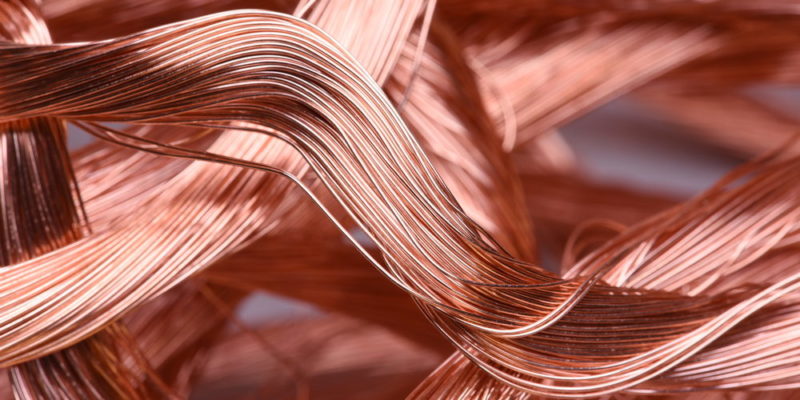We explain what the solid state is and what its main characteristics are. Also, the state changes it allows and more.
What is solid state?
Solid state is understood as one of the four essential forms of matter (along with liquid, gas and plasma), called states of aggregationIt is characterized by the rigidity of the links between its particles , which gives it resistance to deformation and a well-defined physical structure.
The particles of solid substances are joined together by cohesive forces that keep their shape and volume stable, and give them more or less hardness and resistance.
These forces, however, can be overcome through physical processes of change of state that make it possible to convert a solid into a liquid or gas , or to turn naturally liquid or gaseous substances into solids.
Solid State Characteristics
- Cohesion . The nature of solids is chemically identical to that of their liquid and gaseous variants, but in this state the particles that make up matter are very close together, held in place by strong bonds (cohesive forces) that give the whole a definite shape. , of clear and coherent limits.

- Rigidity . Solids generally resist twisting and bending because they resist deformation. In other cases, they have shape memory: the tendency to maintain or return to their stable shape in the presence of deforming forces, such as weight or gravity .
- incompressibility . Solids, unlike gases and liquids, cannot be compressed any more than they already are, so when subjected to extreme compressive forces they tend to fracture or break down into smaller pieces. For this reason, a solid object cannot be placed in a container of smaller volume than the solid object.
- Hardness . Many solids are resistant to penetration by other solids, and even to scratching of their surface. This is known as hardness: the physical resistance to other solids. The hardest known element is diamond.

- Fragility . Brittleness often accompanies the hardness of solid materials, and is the ability of solid materials to crack, craze, or break into smaller pieces when their resistance to deformation is overcome by a specific force. It is the opposite of elasticity.
- Elasticity . Elasticity, contrary to brittleness and hardness, is the property that some solids have of undergoing a momentary deformation in the presence of a constant force, and then returning to its original shape once released from it.
- Ductility . It is the property of some solids, especially some metals such as copper , to deform plastically in the presence of a sustained force, without breaking, forming threads or wires of the same material. Solids that exhibit this ability are ductile.

- Malleability . Malleable solids are those that can be shaped by deformation, that is, thin sheets of the material can be made without breaking. This property, along with ductility, is essential in the metals industry.
Processes of change to solid
There are physical processes to make a substance solid that is not:
- Solidification . It consists of the removal of heat energy from a specific liquid, slowing down the movement of its particles until they are forced to build firm bonds and acquire defined shapes, like ice crystals.
- freezing . It consists of compressing (increasing pressure) a liquid until its particles have more interaction and the transformation to solid occurs.
- Reverse deposition or sublimation . It consists of modifying the temperature or pressure conditions of a gas, to make it crystallize or become a solid, without previously passing through the liquid state.
Processes of change from solid to liquid and gas
 Solids can become liquid or gas from the modification of their temperature or pressure conditions in the following way:
Solids can become liquid or gas from the modification of their temperature or pressure conditions in the following way:
- Fusion . It is the increase in temperature of a solid until it reaches its melting point. It is achieved by introducing energy to its particles and overcoming the link between them, which makes the solid flow towards liquidity.
- Sublimation . It is the opposite process to deposition, in which a solid is made to become a gas directly, by changes in its temperature and pressure, without first passing through the liquid state.
The above content published at Collaborative Research Group is for informational and educational purposes only and has been developed by referring reliable sources and recommendations from technology experts. We do not have any contact with official entities nor do we intend to replace the information that they emit.
Abubakr Conner brings a diverse skill set to our team, and covers everything from analysis to the culture of food and drink. He Believes: "Education is the most powerful weapon that exists to change the world." .
Leave a reply
Your email address will not be published. Required fields are marked *Recent post

Sport: What Is It, Types, Risks, Features, Characteristics and Examples
September 23, 2021

Dogs: Emergence, Features, Characteristics, Feeding and Breeds
September 24, 2021

Story: Definition, Elements, Structure, Features and Characteristics
September 24, 2021

Essay: Definition, Structure, Features, Characteristics, How to Do It
September 24, 2021
